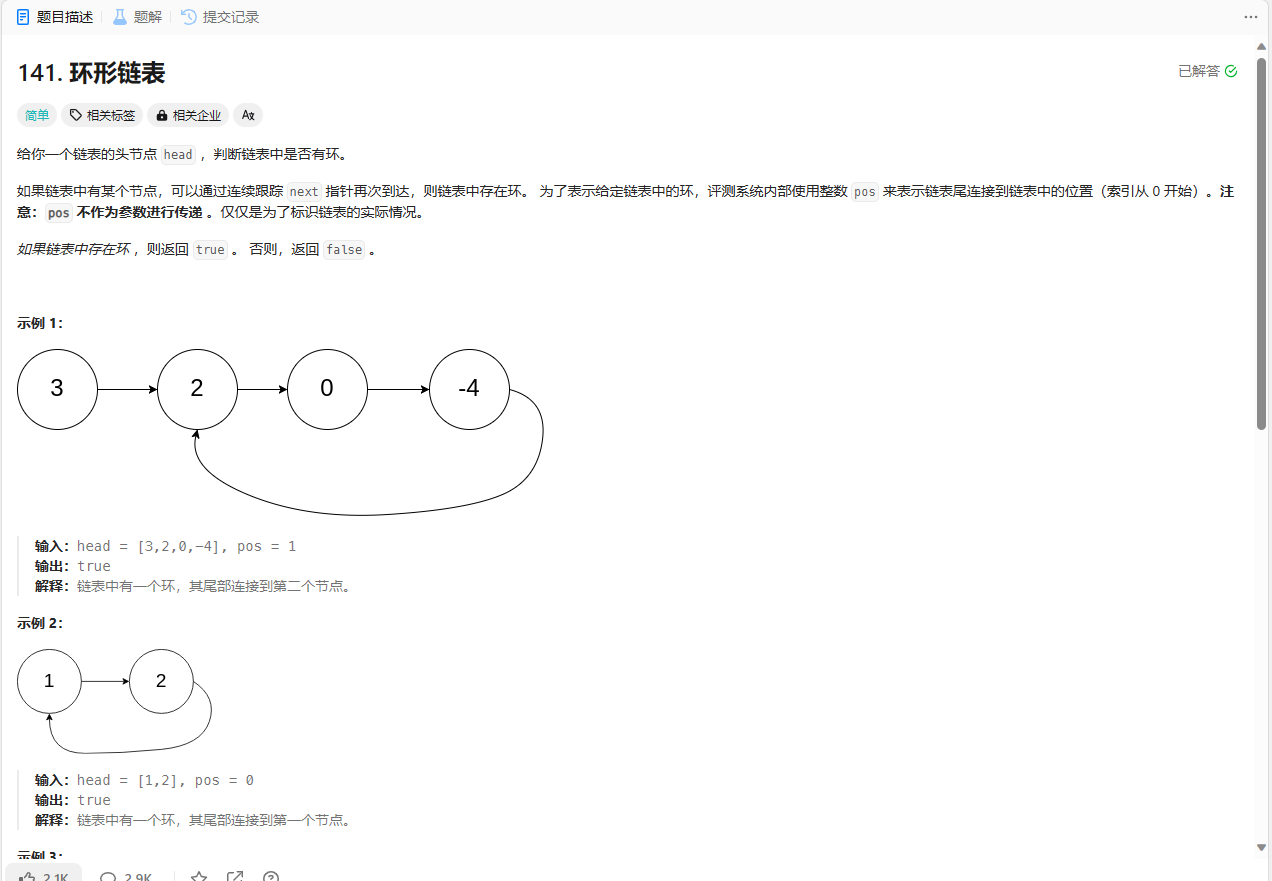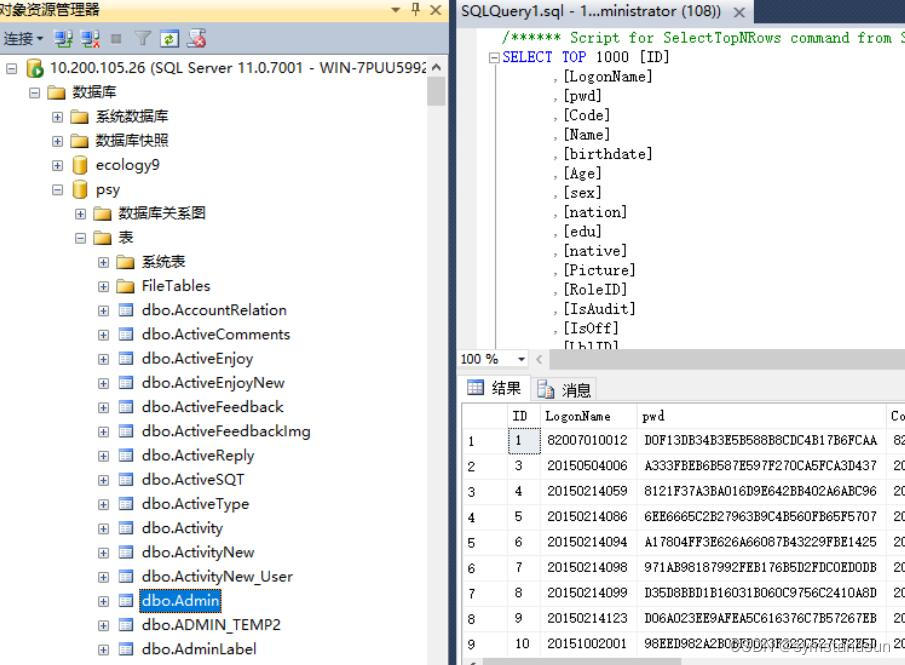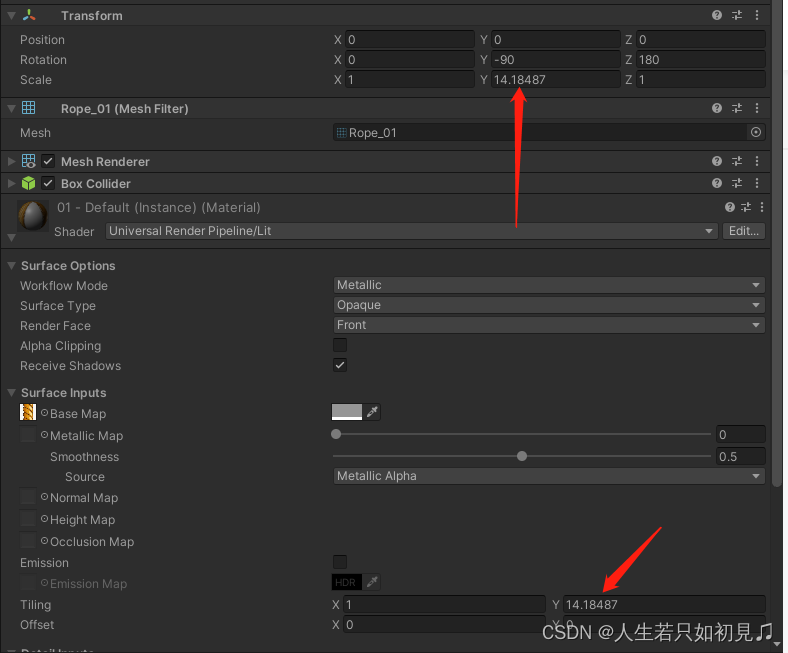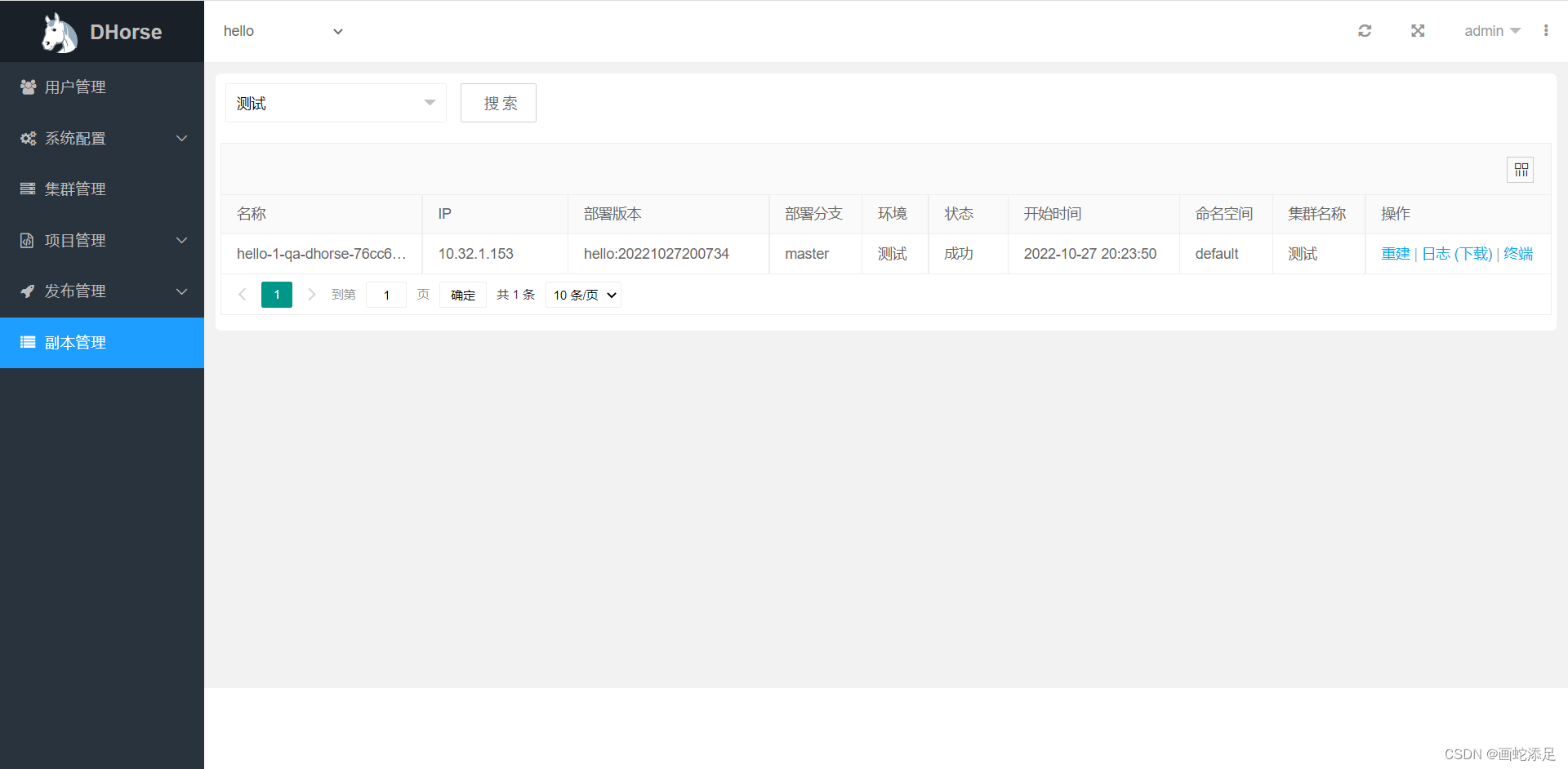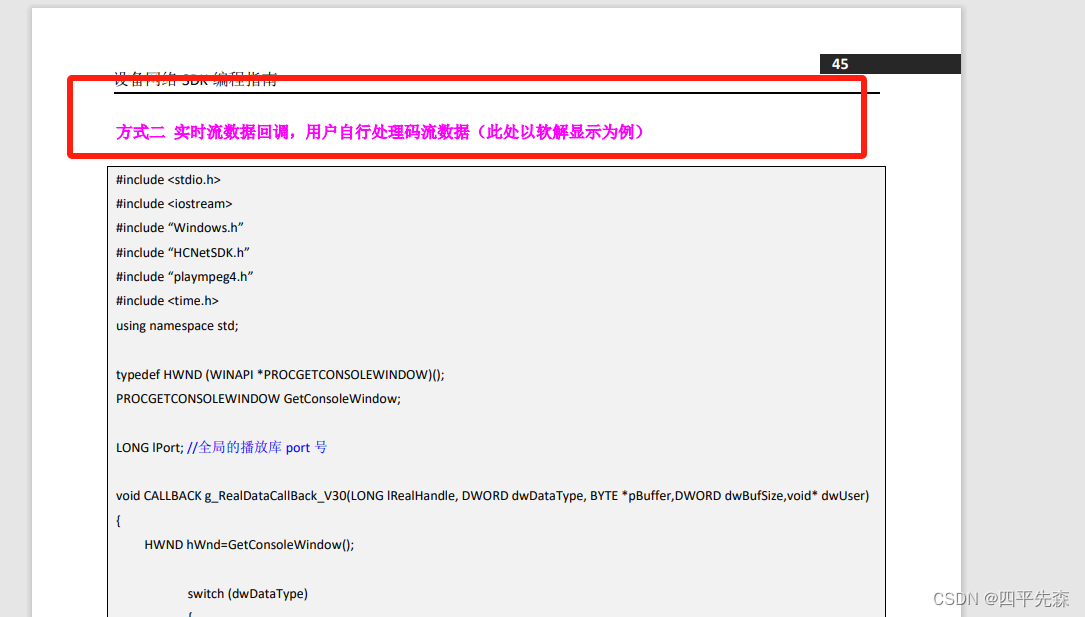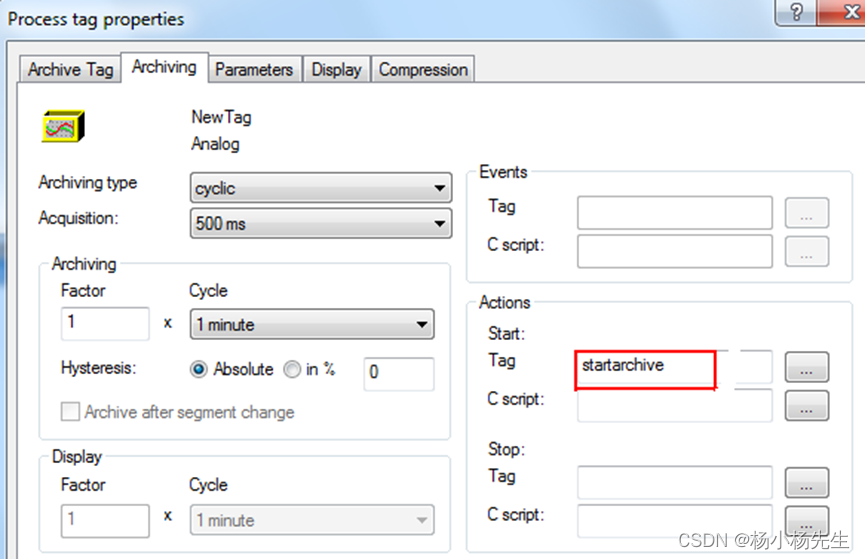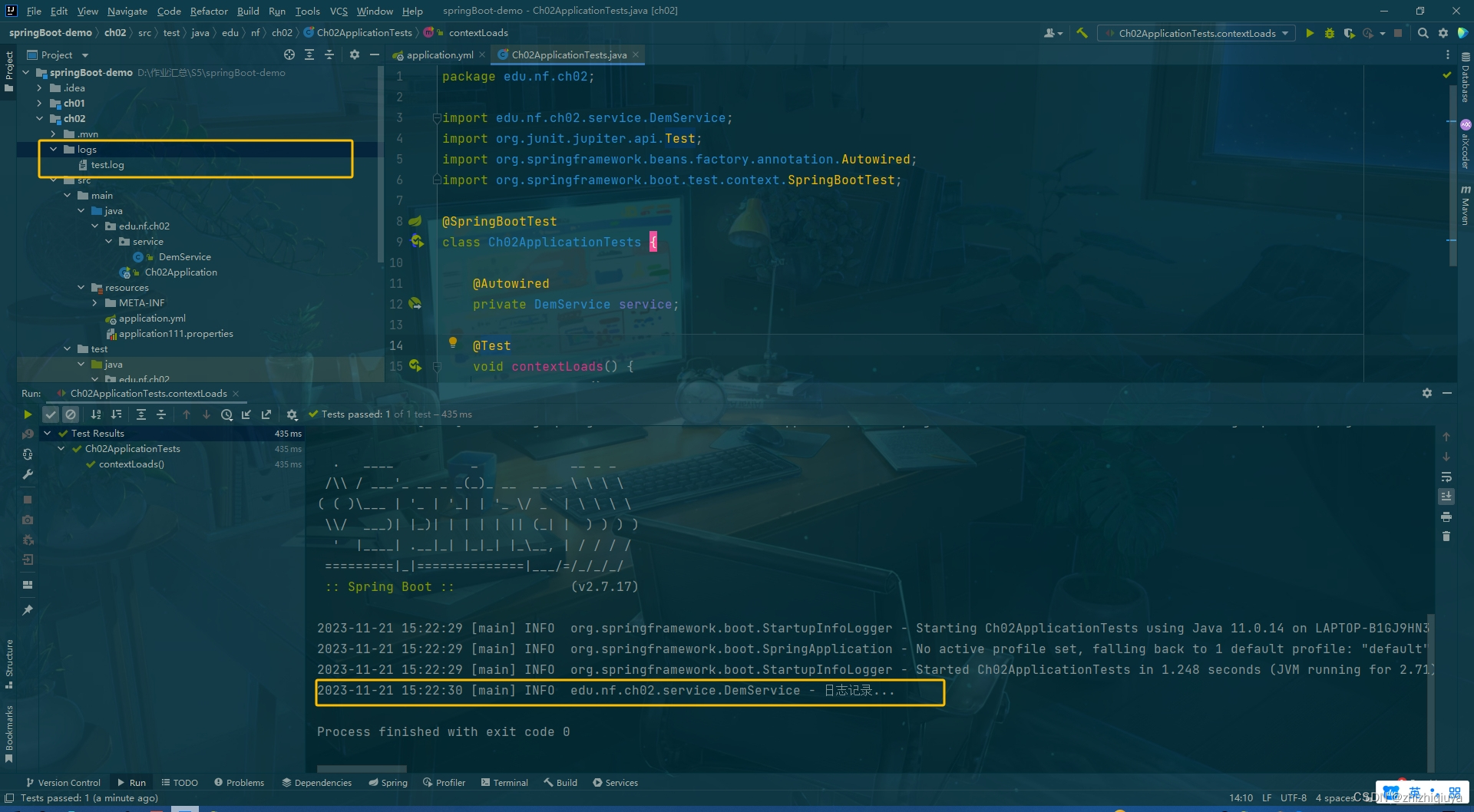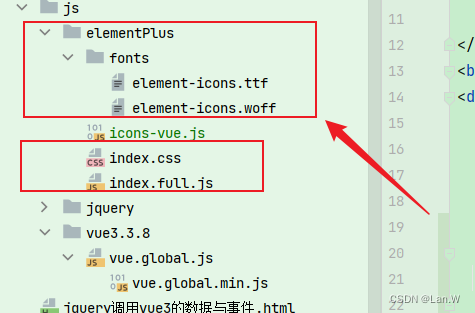Spring Framework 作为一个领先的企业级开发框架,以其强大的依赖注入(Dependency Injection,DI)机制而闻名。DI使得开发者可以更加灵活地管理对象之间的关系,而不必过多关注对象的创建和组装。在Spring Framework中,依赖注入可以分为两种类型:根据Bean名称注入、根据Bean类型注入,在本文中,我们将聚焦于 Spring 中的一种依赖注入方式——按类型注入,并通过一个简单的示例来说明其使用和优势。
什么是依赖注入?
don’t call us, we’ll call you
依赖注入是一种先进的设计思想,它通过外部注入依赖对象来实现组件之间的松耦合。在 Spring 框架中,依赖注入的核心实现便是通过控制反转(Inversion of Control,IoC)容器。IoC 容器负责实例化、配置和组装应用中的对象,并在需要时将它们智能地注入到其他对象中。相较于传统的面向对象思想,当业务代码变得复杂时,通过直接使用 new 进行对象构造对象间的关系,容易导致代码耦合度的上升。Spring 通过控制反转巧妙地解决了这一问题,运用了好莱坞原则的理念:不要给我们打电话,我们会给你打电话。这种思想使得代码更加灵活、可维护,并促使了更优雅的代码结构。

Spring 中的依赖注入
在 Spring 中,依赖注入有多种方式,包括构造函数注入、Setter 方法注入、接口注入等。示例中展示的是一种基于 XML 配置的 Setter 方法注入。
构造函数注入的案例:
public class UserService {private final EmailService emailService;// 构造函数注入public UserService(EmailService emailService) {this.emailService = emailService;}public void sendWelcomeEmail(String username) {String message = "Welcome, " + username + "!";emailService.sendEmail("welcome@example.com", message);}
}
Setter 方法注入的案例:
public class NotificationServiceClient {private NotificationService notificationService;// Setter 方法注入public void setNotificationService(NotificationService notificationService) {this.notificationService = notificationService;}public void sendNotification(String message) {notificationService.notifyUser(message);}
}
接口注入的案例:
public class LoggingService {private Logger logger;// 接口注入public void setLogger(Logger logger) {this.logger = logger;}public void logMessage(String message) {logger.log(message);}
}
在本文中以知名IP:小马哥在《小马哥讲 Spring 核心编程思想》中使用的代码案例展开。
Github源码:
GeekTime
dependency-injection-context.xml
<!-- 通过导入复用 dependency-lookup-context.xml -->
<import resource="dependency-lookup-context.xml"/><!-- Auto-Wiring: 按类型注入 -->
<bean id="userRepository" class="org.thinging.in.spring.ioc.overview.repository.UserRepository" autowire="byType">
</bean>
dependency-lookup-context.xml:
<?xml version="1.0" encoding="UTF-8"?>
<beansxmlns="http://www.springframework.org/schema/beans"xmlns:context="http://www.springframework.org/schema/context"xmlns:xsi="http://www.w3.org/2001/XMLSchema-instance"xsi:schemaLocation="http://www.springframework.org/schema/beanshttps://www.springframework.org/schema/beans/spring-beans.xsdhttp://www.springframework.org/schema/contexthttps://www.springframework.org/schema/context/spring-context.xsd"><!-- <context:annotation-config/>--><!-- <context:component-scan base-package="org.acme" />--><!-- Root BeanDefinition 不需要合并,不存在 parent --><!-- 普通 beanDefinition GenericBeanDefinition --><!-- 经过合并后 GenericBeanDefinition 变成 RootBeanDefinition --><bean id="user" class="org.geekbang.thinking.in.spring.ioc.overview.domain.User"><property name="id" value="1"/><property name="name" value="小马哥"/><property name="city" value="HANGZHOU"/><property name="workCities" value="BEIJING,HANGZHOU"/><property name="lifeCities"><list><value>BEIJING</value><value>SHANGHAI</value></list></property><property name="configFileLocation" value="classpath:/META-INF/user-config.properties"/></bean><!-- 普通 beanDefinition GenericBeanDefinition --><!-- 合并后 GenericBeanDefinition 变成 RootBeanDefinition,并且覆盖 parent 相关配置--><!-- primary = true , 增加了一个 address 属性 --><bean id="superUser" class="org.geekbang.thinking.in.spring.ioc.overview.domain.SuperUser" parent="user"primary="true"><property name="address" value="杭州"/></bean><bean id="objectFactory" class="org.springframework.beans.factory.config.ObjectFactoryCreatingFactoryBean"><property name="targetBeanName" value="user"/></bean>
</beans>
在这个例子中,我们通过 XML 配置文件导入了 dependency-lookup-context.xml,并配置了一个名为 userRepository 的 UserRepository Bean,并通过 autowire=“byType” 实现了自动按类型注入。这样,Spring 容器会在运行时查找并注入与 UserRepository 类型匹配的 User 对象。
UserRepository 类
public class UserRepository {/*** 自定义Bean*/private Collection<User> users;public Collection<User> getUsers() {return users;}public void setUsers(Collection<User> users) {this.users = users;}
}
UserRepository 类中定义了一个名为 users 的集合属性,并提供了相应的 Getter 和 Setter 方法。通过 Setter 方法,我们可以在 Spring 容器中配置的时候注入一组 User 对象。
主程序
public static void main(String[] args) {// 配置 XML 配置文件// 启动 Spring 应用上下文BeanFactory beanFactory = new ClassPathXmlApplicationContext("classpath:/META-INF/dependency-injection-context.xml");UserRepository userRepository = beanFactory.getBean("userRepository", UserRepository.class);System.out.println(userRepository.getUsers());
}
在主程序中,我们通过 ClassPathXmlApplicationContext 加载了 XML 配置文件,获取了名为 userRepository 的 UserRepository Bean,并输出了其中包含的 User 对象集合。
结论
通过这个简单的示例,我们了解了 Spring Framework 中依赖注入的基本原理。依赖注入通过控制反转容器实现,使得应用程序中的对象不再负责管理自己的依赖关系,而是由 IoC 容器负责。这种设计模式降低了组件之间的耦合度,提高了代码的可测试性和可维护性,是 Spring 成功的关键之一。在实际项目中,我们可以根据需求选择适合的依赖注入方式,使代码更加清晰、灵活且易于维护。
后续内容文章持续更新中…
近期发布。
关于我
👋🏻你好,我是Debug.c。微信公众号:种颗代码技术树 的维护者,一个跨专业自学Java,对技术保持热爱的bug猿,同样也是在某二线城市打拼四年余的Java Coder。
🏆在掘金、CSDN、公众号我将分享我最近学习的内容、踩过的坑以及自己对技术的理解。
📞如果您对我感兴趣,请联系我。
若有收获,就点个赞吧,喜欢原图请私信我。

